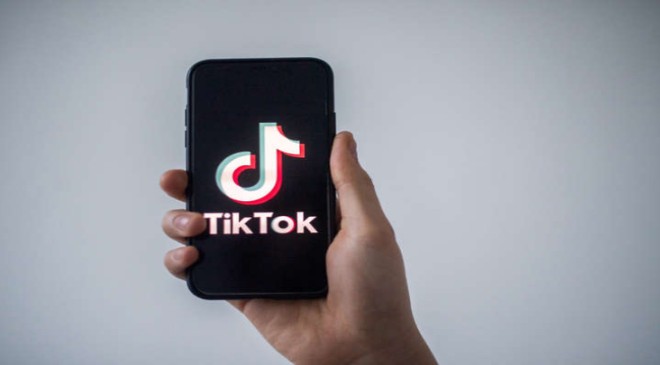Everyone’s on social media, but not everyone is on every platform. That’s true for individuals and it’s also true for brands — or at least it should be.
Because we all have a finite amount of time, money and energy resources available to promote our businesses, we have to make decisions on which platforms are a fit and on how we allocate our
TikTok is among the newest social platforms, especially for Gen Z. If everyone’s talking about it, does that mean you and your business should feel compelled to start posting and building influencer marketing relationships there as well?
Ask yourself these questions as you decide.
1. Is your ideal customer active on TikTok?
Who does your brand appeal to? With some of the newer social platforms, there’s a sharp delineation between audiences.
For example, while the vast majority of Americans across generations are familiar with YouTube, there’s a big age gap when it comes to the adoption of TikTok. 48 percent of 18- to 29-year-olds are on TikTok (the number is even higher for the 18-to-24 demographic), while among the 50+ age group, the number shrinks to around 10 percent.
If your target audience falls into that emerging adult bracket, using TikTok may be quite beneficial for your brand — the users are quite loyal and active on the platform. As per our latest influencer marketing study, 87 percent of TikTok influencers report they get more engagement here than on any of their other social media platforms.
In our experience with influencer marketing activations for clients across industries, we recommend focusing more on who the influencer reaches versus the influencer’s own demographic.
It’s better to find an influencer that connects directly with a small but focused portion of your audience than to find one who has a large following but doesn’t compel your ideal buyers to act. Culling through their followings may take time — it can make sense to use an influencer marketing platform to dig into the data for you and find the best influencer match.
2. How flexible and creative do you want to be with your brand?
We’ve seen companies go outside the box on other social media platforms to great acclaim. Wendy’s continues to get requests from individuals and from other brands to “Roast Me Wendy’s” with everyone from McDonald’s to the Tampa Bay Rays catching some of their shade.
Your brand may not be ready to take it to that level, but how open are you to letting your corporate guard down and letting creativity come to the forefront? If you’re willing to be flexible, you may find great opportunities to tap into a TikTok niche.
For example, during the recent time dubbed the “Great Resignation,” companies have struggled to bring on and retain talent. Some brands, like Target, Chipotle and Shopify, were able to take advantage of TikTok resumes as a way to connect with job seekers and connect with those who “creatively and authentically showcase their skillsets and experiences” through their TikTok videos
Going outside the box can generate additional visibility and keep your brand from feeling overly corporate on TikTok. For example, when the pandemic first struck the US in 2020, global health and consumer goods producer P&G worked with one of TikTok’s leading influencers, Charli D’Amelio, to create the #DistanceDance, using an influencer’s reach to capture attention and engagement.
When you’re planning to work with an influencer, you can still unite being on-brand with being fresh and creative. The influencer can provide insight into what’s working for their audience (they should know, as the majority spend between one and five hours on the platform daily), while you provide the key messaging and brand standards that you want the content to align with.
3. Do your marketing goals align with TikTok’s capabilities?
When you’re considering the marketing funnel, TikTok is likely toward the top of your funnel.
You’re using it to create awareness and to begin generating additional interest through very short creator clips. Trying to force a sale through may come off as someone who’s there to exploit the platform rather than to be part of a community.
Gen Z in particular is more likely to skip ads and to be frustrated when advertising interrupts their user experience. The platform also doesn’t offer universal e-commerce functionality, so you’ll want to create a seamless transition between your TikTok efforts and your other social media platforms.
Although they recently introduced an in-app shopping feature in partnership with Shopify, this is only available to Shopify merchants with a TikTok For Business account. When it comes to sending viewers to your website or driving traffic to a landing page, be mindful that links can only be added to account bios at the moment.
If you’re able to develop content and partnerships that are clever, interesting, and seamlessly integrated into your audience’s feed, you have a much better chance of gaining their engagement and trust over time.
As new social media platforms hit our collective consciousness, it’s easy to feel very polarized about them — either that you have to be there or that there’s no way it could ever be a fit for you and your brand.
You might actually land somewhere in the middle. You have the opportunity to explore and experiment with new platforms and often, an influencer partnership can be a gateway to do just that — to try out what might work for your brand with a knowledgeable user of the platform guiding you and helping you through the process.









































